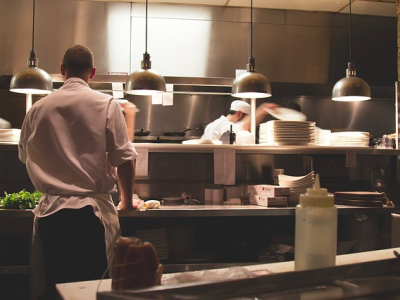With salaries rising to well over £40k, flexible work patterns and time off, driving trains is being seen by more women as an opportunity to escape office politics and find a better work/life balance. But despite the package, numbers of female train drivers remain low – around 4-5% of the total.

It took until 1979 for there to be the first female train driver in the UK. Trailblazer Karen Harrison, who went on to become an active union member and campaigner for women in the rail industry, didn’t think much of the culture of the time, saying it was like being a “turd in a swimming pool”.
However, every aspect of the environment has changed radically and train companies are actively looking for more women drivers to improve the diversity of their workforces, better reflect the mix of customers, and because women are seen to have the all-important skills of concentration, patience and responsibility. Many rail operators are taking proactive steps to encourage women into the industry and their efforts are just the start of the journey to a greater gender balance as the train companies bid to attract more women into the roles.
Anna Pearson is a working mum with two children aged four and six. She’d been working in the railways in administration and customer services before training and becoming a train driver in 2014.
“I was dealing with drivers as part of the customer services role and when it came to thinking about the next stage in my career, it made me decide to give driving a shot. I also wanted to develop my skills within the operational side of the railway.
“I really like the flexibility I have in this role. The shifts mean that I have more time to spend with my family. I also enjoy the solitude and discipline of working on my own, giving me some time for myself. Even the early starts or late nights don’t bother me because I know that by doing that I’ll be getting time off on other days and seeing my family more rather than less. I enjoy coming to work.
“Being able to keep focused and concentrate is a key skill needed for the role along with the ability to multi-task. You can’t be afraid to take responsibility as you are on your own, so being strong and independent are key characteristics. The numbers of women in driving roles is still very small and so it’s a very male dominated environment, having interpersonal skills are important in managing that. I’ve had a couple of experiences with tourists who’ve wanted to take photos of me because they hadn’t seen a female train driver before!
“The assessments are designed to ensure you have the right personality fit and aptitude. If you are happy with shift work patterns then it works really well, but it’s important to have the support of the people around you, both during the training and in managing your shifts. The nature of the job also means that when your shift ends you can switch off and not take any work home with you. If you are thinking about the role, have a go at some of the logic/brain training games, these are great practice for the type of multi-tasking you will need to do in the role. It’s also important to be able to manage stress effectively and to be able to be 100% focused when you are in the driver cab. Personally, I write down my thoughts which takes them out of my head and means I can deal with them later.”
Leonie Alderman was the youngest ever female train driver when she started in the role 23 years’ ago. During her career she’s combined work with being a mum to her two children.
“I was famous for five minutes back in the early 1990s when I got to sit in the bath with Zig and Zag while Chris Evans interviewed me on the Big Breakfast on Channel 4 as the youngest ever woman train driver!
“My dad works on the railway and I remember when I was younger he was talking about work and mentioned a lady driver. It was a bit of a light bulb moment when I realised that ladies drive trains too – I hadn’t realised it was something I could do. It’s also in the blood because both my grandads and my great grandfather worked for the railway.
“I started in the industry when I was 17 as a Junior Rail Person, in Broxbourne Signal Box and on the platform, then at 18 I trained to become a guard and later a driver. I passed the aptitude test before I was 18 but you have to be 21 to drive a train. I’d always known that I wanted to be a driver which is why I joined the railway but I knew I had to wait.
“I enjoy the freedom it gives you with the flexibility to change turns, swap rest days and so on. It also meant that when my eldest child was at school, I never missed a parents evening or school concert which was really important to me. I also like the variety – I do the same route, but no two days are the same. We have more interaction with passengers now than we ever had before, sometimes they even walk past and give me a wave because they recognise me!
“The early starts can be hard but the biggest thing for me from a personal point of view, as a single mum it’s arranging childcare around the shifts. That said, there is a lot more flexibility and I wouldn’t want a 9-5 role because being able to get to events at school or do things with my children is a real bonus.
“The biggest thing that stops women becoming train drivers is women themselves and confidence in whether they can do the job or not. But if you look at my female train driver colleagues, we have a real cross-section of personalities – there is no ‘one type’ of women most suited to the role. I think women are still just not aware of train driving as a career option. My oldest daughter and her friends are looking at careers, and a couple of them are thinking about the driver role.”
You can find more information and background on the driver role at www.lorol.co.uk/go/careers/our-roles








